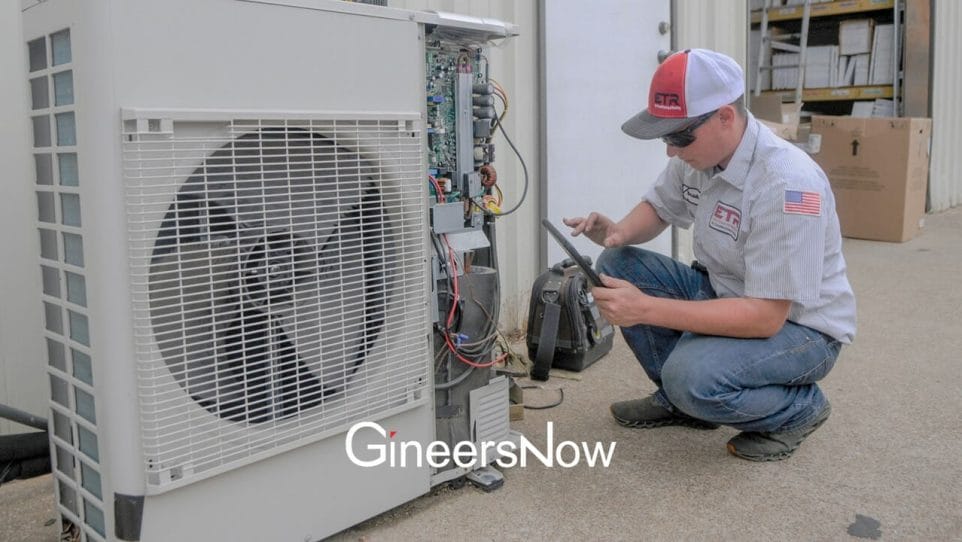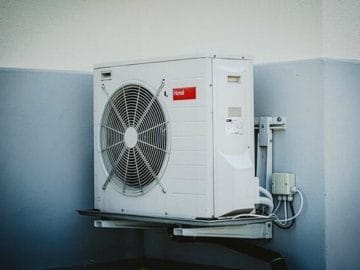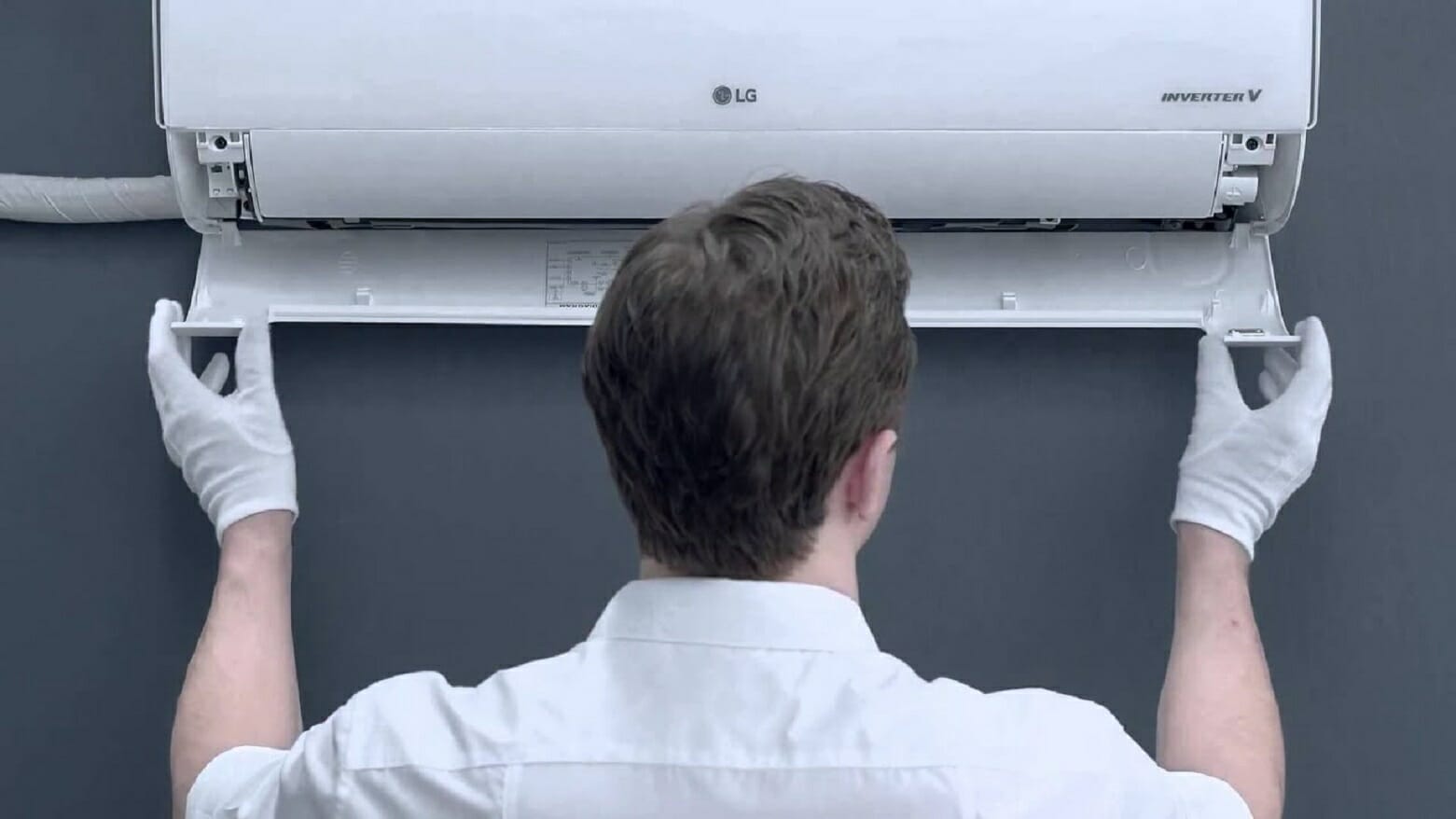Air conditioning systems provide comfort in warm weather by cooling the indoor air temperature. Although you can switch on the AC with the press of a button, several processes are happening in the background. On this page, we have highlighted the four major parts of air conditioning.
Evaporator Coil
The evaporator coil is typically located inside the AC system, also known as the cold side of the AC. Its primary function is to handle the chilled refrigerant, which is responsible for absorbing the heat from inside your home. The refrigerant flows through closed loops of cooling tubes and copper coils that connect the indoor and outdoor AC units.
The evaporator coil is typically made of steel or copper, which are excellent conductors. Before the refrigerant passes through the evaporator coil, its pressure is reduced through a drop in temperature, and the refrigerant converts into a cool gas. When it enters the evaporator coil, it absorbs all the hot air that the fan is blowing over the evaporator coil. In exchange, it releases cold air into the room through the fan connected to the evaporator coil.
Numerous AC problems are caused by a faulty evaporator coil, including inadequate cooling, overheating compressors, freezing, and overall reduced performance. When this coil is not maintained, it can also result in higher energy consumption, which can quickly spike electricity bills. A malfunctioning evaporator coil can also put excessive strain on AC components.
To prevent problems with the evaporator coil, it is crucial to maintain it. One way to do that is to clean the air filters regularly or replace them if required. You can get professional Houston AC services to keep the evaporator coil in optimum condition.

Condenser
When the refrigerant turns into a warm gas by flowing in the evaporator coil and absorbing all the indoor heat, it is transported back to the air conditioning system’s outside unit — the condenser unit — also known as the hot side of the AC unit. The condenser consists of copper tubes with aluminum fins that speed up the heat transfer process.
In the condenser unit, the refrigerant is compressed, which allows it to cool down and convert back into a liquid state. Next, a fan blowing over the condenser takes all the heat extracted from the refrigerant and expels it outside. Once the refrigerant turns into a warm liquid, it is transported back to the evaporator coil through a copper tube, allowing it to expand and cool down.
The condenser is a vital part of the AC unit that facilitates the cooling process. If it malfunctions, several issues can occur, including the AC blowing warm air. To avoid any problems with the condenser, ensure there are no airflow obstructions, such as objects or plants located next to it, dirt or debris buildup inside the condenser coils, or any issues with the condenser fan, such as a blown capacitor.
Compressor
Typically, the most expensive part of an HVAC unit is its compressor, which is responsible for most of its energy consumption. The compressor is present on the hot side in most air conditioning systems.
The purpose of the compressor is to compress the refrigerant by applying high pressure. Due to the increase in pressure, the refrigerant temperature increases as it converts into liquid form, and this increased temperature is higher than the outdoor temperature. Once the refrigerant is heated, it moves to the condenser coil to get rid of the excess heat.
Compressor failure prevents your home from reaching the desired temperature. While replacing a compressor is unavoidable sometimes, regular maintenance of the AC unit — including inspecting the wiring, preventing contamination in the drain lines and pans, keeping the suction lines clear, inspecting the AC for a refrigerant leak, and keeping the HVAC system lubricated — can help you avoid a compressor malfunction.
Expansion Valve
After flowing through the condenser unit to expel excessive heat, the refrigerant can still be too warm to be transported to the cool side of the AC system, which is why it is channeled to the expansion valve.
The expansion valve is located between the evaporator and the condenser unit, allowing the fluid to expand and cool down by depressurizing it. Once the refrigerant is cooled down, it easily converts into gas and is moved to the evaporator coil. The expansion valve also controls the amount of refrigerant that enters the evaporator and maintains constant pressure inside it.
A faulty expansion valve can impact the proper functioning of the HVAC system, causing several problems, including inconsistent airflow, constant running of the compressor, frost on the vents, and the AC unit blowing warm air.












